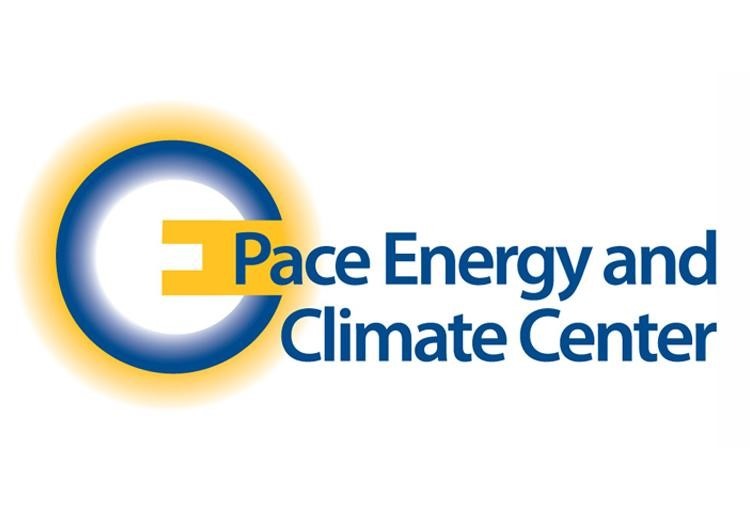EPA Introduces Phase Three GHG Emission Standards
NORTH AMERICA REPORT

In early May, the Environmental Protection Agency (EPA) held a virtual public hearing regarding the Phase 3 greenhouse gas emission standards for heavy duty trucks. There are various comments and opinions from the stakeholders that attended the hearing. Along with introducing the Phase 3 Greenhouse Gas (GHG) rules to begin for MY 2028 trucks, the EPA also revised the Phase 2 GHG standards for the MY 2027 truck standards.
This link from CCJ (Commercial Carrier Journal) is a good overview of the conference.
CCJ: ‘Destined to fail’: Trucking sounds off to EPA on new Phase 3 greenhouse-gas regs
The Environmental Protection Agency this week held virtual public hearings related to its Phase 3 greenhouse gas emissions standards for heavy-duty trucks, unveiled last month. Among the dozens who testified during the hearings, trucking industry stakeholders were part of a small minority advocating for EPA to take a step back and reconsider the proposed standards that would take effect beginning with model-year 2027 trucks.




